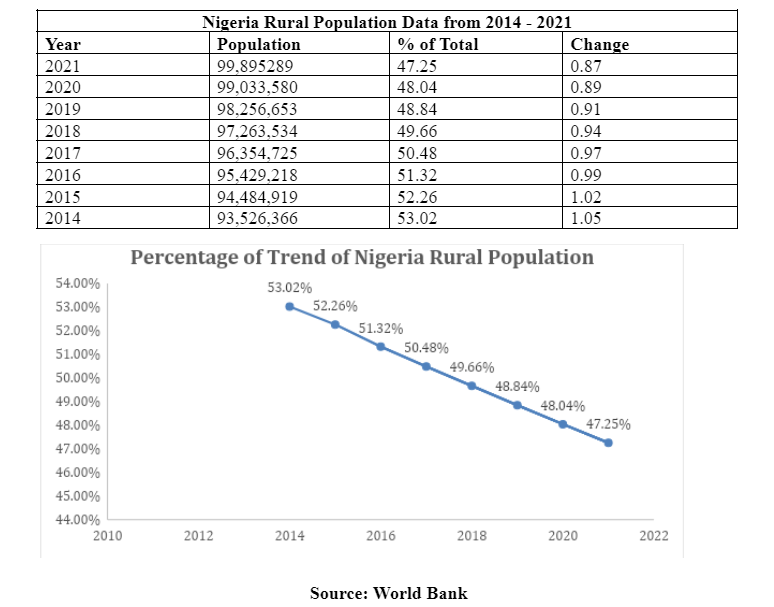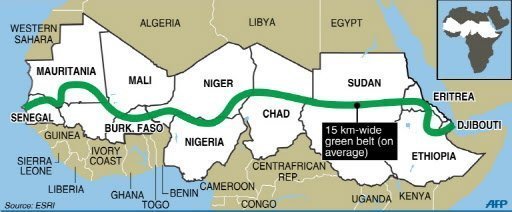Introduction
Accessibility to safe water and sanitation over the years has improved and will continue to improve globally due to the increased programmes, policies, and initiatives embarked on by relevant organisations and stakeholders. A report published by the United Nations Water Global Analysis and Assessment of Sanitation and Drinking Water (GLAAS) report published in the last two years shows that approximately 28.57% or about 2.3 billion people globally had access to improved drinking between 1990-2012. A report published by the World Health Organization (WHO) shows that global support for efficient water, sanitation, and hygiene (WASH) practices rose by 30% between 2010 and 2012 which translates to financial investment from $8.3 Billion to $10.9 Billion.
However, there is still much work to be done. The process of providing efficient water supply and effective sanitation systems in developing countries, especially in rural areas has been very slow and holding back progress (World Health Organization Report). More interventions need to be put in place to reduce discrimination and increase the level of impact on a great scale as approximately 2.5 billion people representing about 31% of the global population still lack access to improved sanitation facilities. Additionally, 1 billion people, or around 12.4% of the global population, continue to engage in open defecation, even near water supply channels. Furthermore, 750 million people, which is about 9.3% of the global population, do not have access to a safe and clean water supply.
Challenges of Water and Sanitation in Nigeria Rural Communities
There exists a consensus of divergent opinions that clean water and good sanitation are rudimentary human needs and rights. But up till today, many communities, especially rural communities in developing nations are finding such basic amenities luxurious (Kamara, et al; 2017).
This situation has even been compounded due to the increase in sanitation precautions for the prevention and spread of the coronavirus pandemic. This challenge has continued to prove that the 17 goals of Sustainable Development Goals to be achieved in the year 2030 which include the availability and sustainability of water and sanitation are unrealistic, ambiguous, or too ambitious considering that many nations within Sub-Saharan Africa still live and are confronted with this challenge on a very large scale (Ndikumana and Pickbourn, 2017; Roche et al., 2017).
Availability of potable and safe water supply and effective sanitation system has a great impact on the quality of life of the people, health, and economic productivity. Meeting these needs is the major issue facing the present rural communities of Nigeria. This is because over 70% of the families residing within rural communities do not have access to efficient water supply and effective sanitation systems and materials. According to data from the World Bank, close to 100 million people reside in Nigeria’s rural communities and basic amenities such as clean water and sanitation continue to pose a challenge, especially to their general wellbeing.

These challenges have led to the spread of diseases such as diarrhea (the second leading cause of death among children under the age of 5), water-borne diseases that are susceptible to massive outbreaks such as cholera, hepatitis, typhoid, and diseases caused by poor sanitation and hygiene practices such as schistosomiasis, blinding trachoma, intestinal worms amongst others. Most of these diseases are majorly found within rural communities.
These diseases spread in these communities due to the dependence on open sources of water for their survival. These sources include rivers, unprotected wells, ponds, seasonal streams, etc. These sources of water are prone to the above-listed water-borne diseases. Also, the over-reliance on open defecation even in their water sources and channels as well as lack of basic sanitation knowledge such as handwashing after defecating, and lack of basic sanitation materials such as soaps, clean water, toiletries, etc have increased the rate of contracting diseases associated with ineffective sanitation systems.
Opportunity
Due to the gap seen in the WASH Sector and the level of acceptability of solutions by the rural dwellers, there exist opportunities for private sectors or investors to utilize and address this issue through impact investment, creating means of generating funds to further replicate these projects as over 75% of countries have insufficient funding to implement their WASH plans and strategies (GLASS Report, 2022). These opportunities include:
- Financial Assistance for Capital Improvements: Investors can provide finance that will support WASH programs, policies, and interventions to governments with a low-interest rate. This way, the investment will be recouped and environmental and social impact will be felt by the rural populace.
- Renewal and Replacement of Aging Sanitation Infrastructures: Private investors or social institutions could agree to replace or renew sanitation infrastructures within rural communities and get a return on investment from state or local governments.
- WASH Infrastructure Management: Social establishments could begin the management of WASH infrastructures within local communities to save them from being deplored for a mild fee.
Recommendation to Government
- Creating professionally managed and commercially oriented State Water Boards. ∙ Improving the financial and operational viability of the State Water Board.
- Strengthening policy, institutional and regulatory frameworks for improved WASH services (including establishing accountability mechanisms).
- Building national and state WASH advocacy, coordination, and communications for reform.
Written by Joseph Miracle

